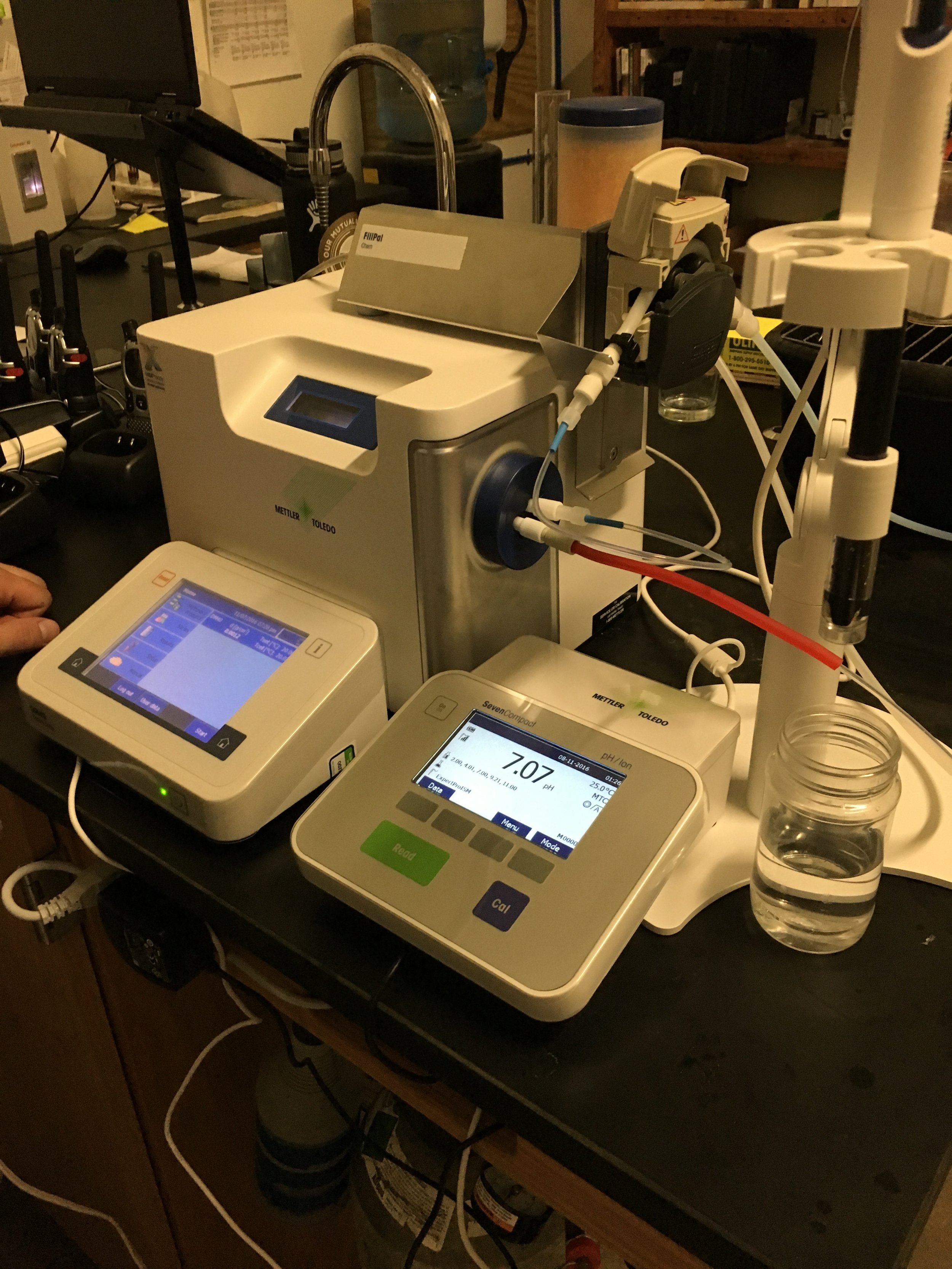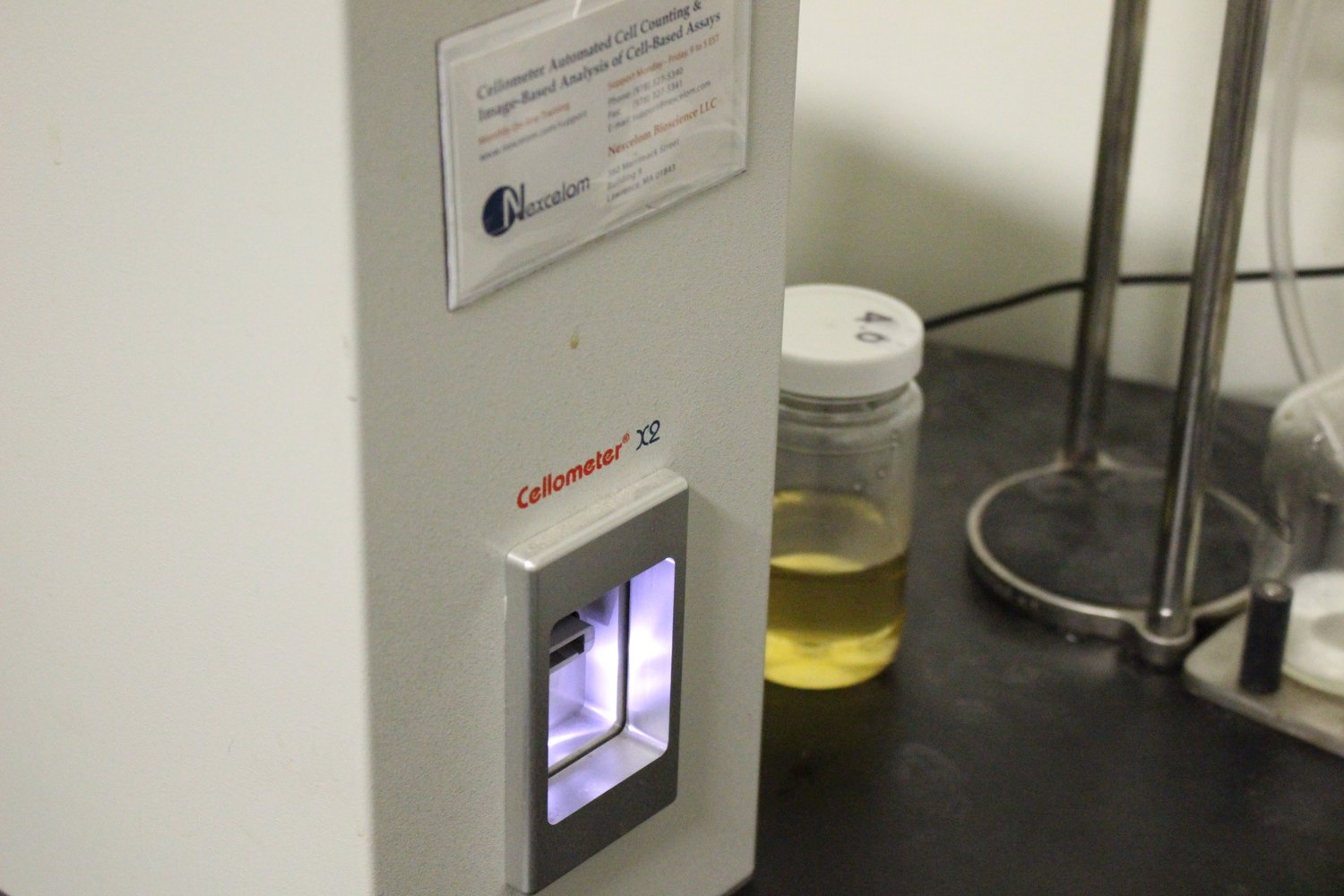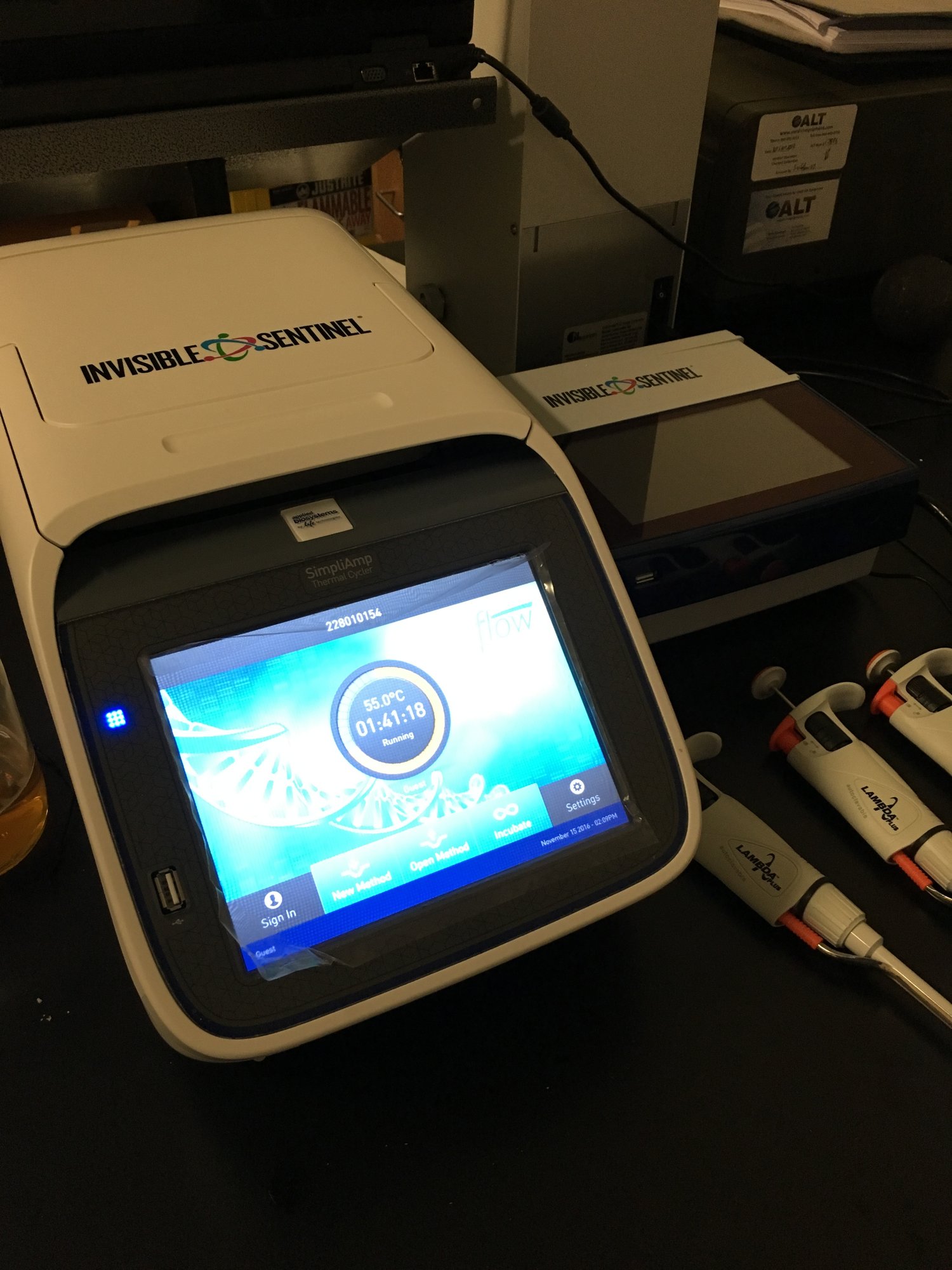Science and the American Good Unit
We’ve learned a considerable amount since opening the brewery some 5 years ago. We’ve learned a good deal about ourselves, we’ve learned a great deal about our beers and we’ve learned, countless times, that we still have a lot to learn.
We have recently been expanding some of our scientific analysis capabilities in our lab at Hops & Grain Brewing. We’ve been searching for knowledge and better understanding of our process since day 1. As we’ve grown and learned more about the parameters that are important to the quality of our beer we’ve realized that sometimes very specific equipment is necessary to take our understanding to the “next level” as it were.
This post in particular is intended to introduce you all to the analysis that we perform on a daily basis in our science laboratory. Science! The latter portion of this post is to announce a new form of measurement that we are implementing at the brewery that goes far beyond the capabilities of any form of laboratory equipment. But, let’s get to the laboratory first.
The Equipment!
-Benchtop Density and pH meter with product pump and auto-sampler
This fancy piece of equipment allows us to precisely analyze the density of our fermenting wort and beer enabling us to accurately determine specific gravity as well as pH. The density and pH meter automatically compensate for changes in temperature, thus removing much of the human element for error. We utilize these measurements to analyze critical points throughout fermentation to ensure consistent, predictable fermentations as well as providing us with a predictable yeast harvesting schedule and finally allowing us to accurately assess overall yeast health. Hydrometers are dead to us. Not really, but this piece of equipment is sooo much cooler.
-Cellometer image Cytometer
This device, while it does indeed contain an impressive amount of syllables, is even cooler than the density meter mentioned above. For anyone who has performed cell counting with a standard hemocytometer and methylene blue stain, this image cytometer will likely make you jealous. The analysis that we perform with our Cellometer is three fold. We measure total cell concentration, cell viability and cell vitality in samples varying from yeast harvest, fermenting wort and finished beer. These three measurements provide us with critical data to enable us to accurately predict yeast performance, assess overall yeast cell integrity and probably most importantly, ensure that our yeast is healthy and happy in its current environment.
-UV5Bio Spectrophotometer
Here’s where the science gets pretty rad. This piece of equipment utilizes absorption and reflectance spectroscopy in the ultraviolet-visible spectral region and is generally used in chemistry for the quantitative determination of analytes. While you could have probably learned all of that from a simple Google search, I’ll try and lay the functionality of this equipment into easy to digest terms. While this equipment is capable of measuring much more, in our brewery we currently measure the following data points through UV/Visible spectroscopy;
-Color (SRM)
-IBU level
-Free Amigo Nitrogen (FAN)
-Beta-Glucan
-Polyphenol content
-Hop oil concentration
-Vicinal Diketones and their precursors (diacetyl detection)
-Acetaldehyde content
-Total organic acid content
-Oxidative damage
-DNA Amplification and Identification through Polymerase Chain Reaction Analysis
Simply put, this fancy piece of equipment takes wort and beer samples and analyses the DNA to detect for specific DNA markers that would indicate the presence of beer spoilage microbes. The process is much faster than traditional PCR analysis. We can prepare a sample and have a result in roughly 3 hours, enabling us to measure our product at critical points in process to ensure the quality and stability of our products but also potentially save us from packaging beer that might be infected, thus wasting packaging materials and time. While this has not been a problem for us, we firmly believe in staying ahead of the infection game and this piece of equipment is crucial for not only piece of mind but also adhering to our own East Austin purity law. The downside is that it keeps taking me back to that time that I was on probation and had to take a urine test once a month. But I wouldn’t hear back from my PO until 3 days later with the results. That feeling of anxiety, just waiting to hear back, is similar to the emotion that ensues during the 3 hour waiting window.
Outside of the above mentioned equipment we employ many different forms of beakers, pipettes, Erlenmeyer flasks and a whole host of other gadgets, gidgets, whatsohavits and whatthehellsits. Bottom line, our lab is a place that provides us with information and lots of it. If you have any interest in learning more about the reasons for our lab feel free to drop into the Hops & Grain Brewing tap room anytime and find me, I’ll be happy to spend hours explaining. But be warned, I used to be a 7th grade science teacher and I really like to tell stories so come prepared.
-The American Good Unit
But there was still a piece of information that we felt was missing. And through much discussion, deliberation, dialogue and general analysisisisisis we determined that this particular data point could not be measured by mere laboratory analysis equipment. Nay, this data point would have to be determined from the sensoryolfactorical precision that only the human analytical engine could measure. Enter the American Good Unit, or AGU for ease of use.
At Hops & Grain Brewing we’ve been searching for that very specific measurement to tell us exactly how “good” our beer is. That’s right, how good is it. So we devised a simple rating system, measured form 1-1,000. At the top of the scale, a 1,000 means that the beer is As Good As It Gets. At the bottom end, a 1 means that the beer is Not As Good As It Gets. And I’ll be the first to say that we are very proud of this new measurement system. It’s precise, concise and void of any potential outside influence.
So don’t be surprised when you visit the tap room at Hops & Grain Brewing and ask “what’s your best beer” and we reply with a spreadsheet showing the AGU levels of each of our beers so that you can use your own critical thinking skills to determine what to order. It’s an honest system and doesn’t cost the many thousands of dollars that the other stuff we use to analyze our beer costs. It’s like the ultimate measure of quality but measured in a simple system of AGU’s, American Good Units.
Until next time friends,
Cheers!


